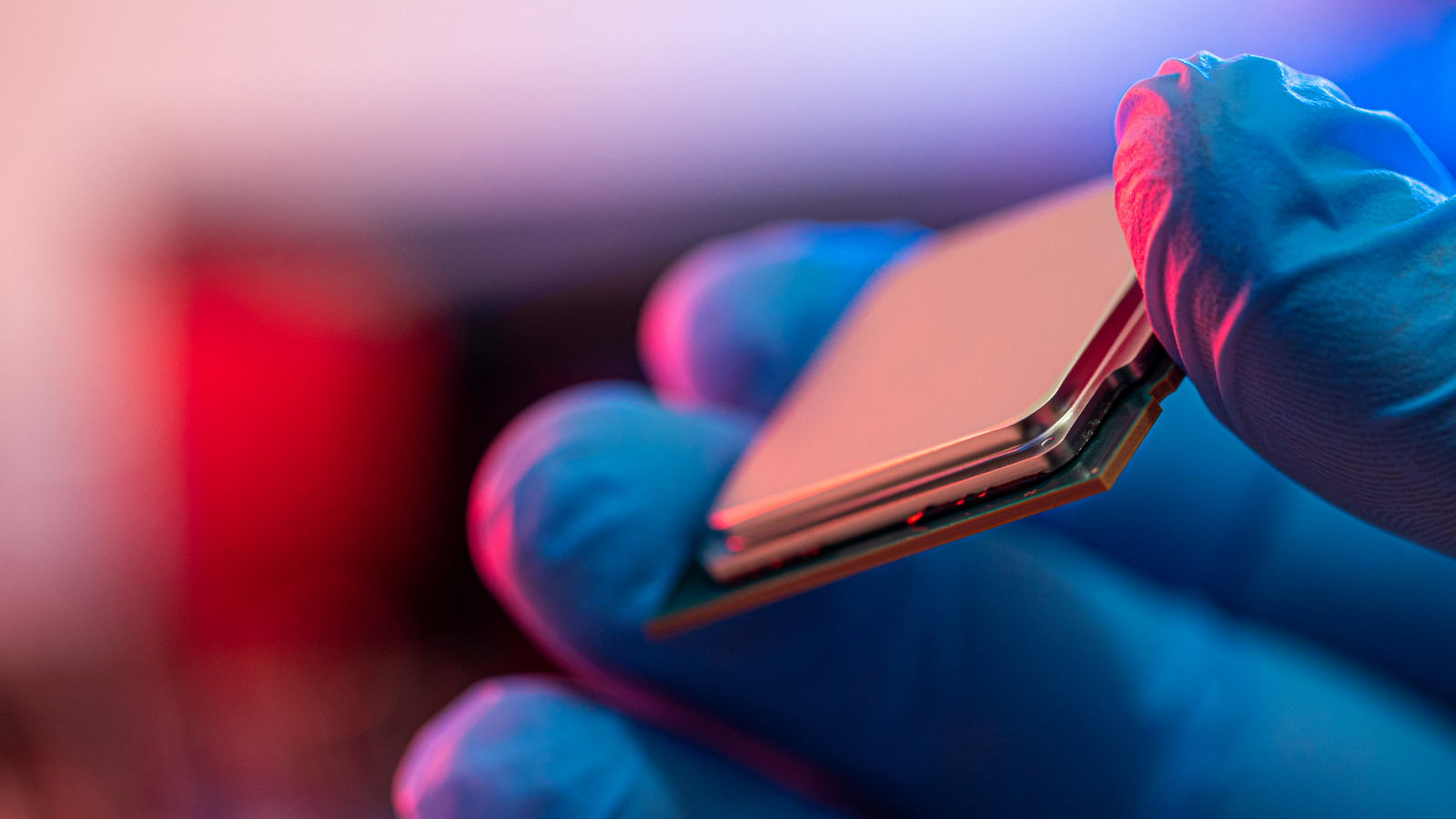Under the Pacific: Images from the Visions 2005 Project
White Octopus at Mothra

This rare white octopus was caught on camera during a dive on the Mothra hydrothermal vent field.
A stalked Crinoid

This animal is an echinoderm (related to sea stars) called a crinoid. Its feathery arms capture food that drifts down from above.
By the Wind Sailor
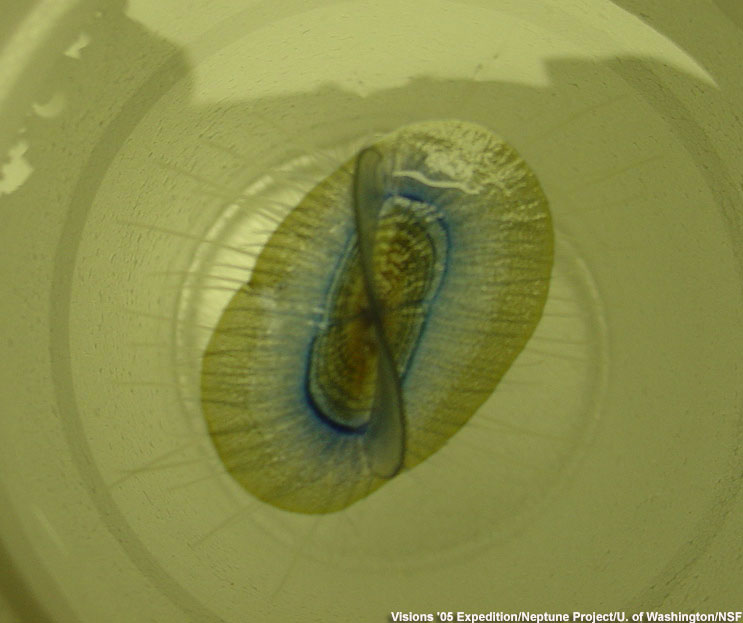
This By the Wind Sailor, Velella velella, is a type of colonial jelly.
Tubeworms and Palm worms
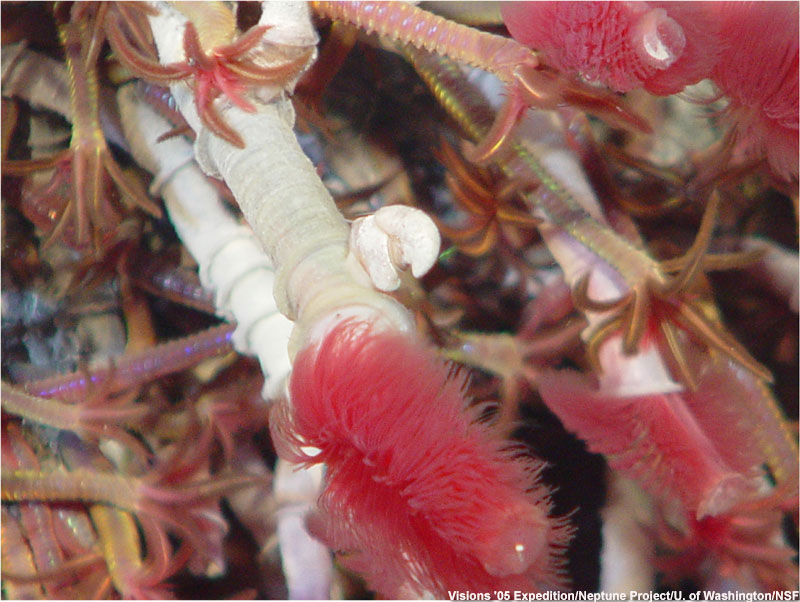
Tubeworms (Ridgeia piscesae) and palm worms (Paralvinella palmiformis) live in the warm water that diffuses out of the sulfide chimneys. The hydrogen sulfide in the hydrothermal fluid supports microbes that feed these organisms.
Tubeworms and Spider crabs
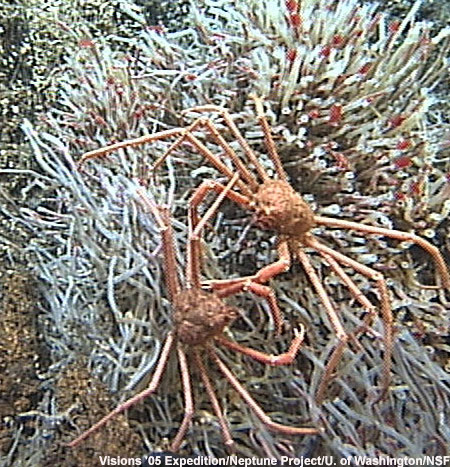
Spider crabs (Macroregonia macrochira) feeding on tube worms (Ridgeia piscesae).
Debbie Kelley and the Stowaway

Co-chief scientist Debbie Kelley brings the stowaway spider crab in the main lab.
Humpback whale
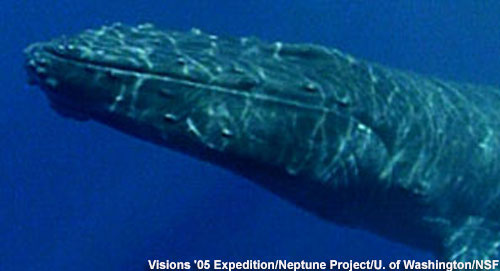
Photograph of a humpback whale in the water.
Sign up for the Live Science daily newsletter now
Get the world’s most fascinating discoveries delivered straight to your inbox.
Phytoplankton

Biologists believe that bacterial plankton accounts for 80% or more of all photosynthetic activity in the open ocean.
Mothra sulfide structures

Typical landscape of tall, slender sulfide structures in the Mothra hydrothermal vent field.
Brittle star
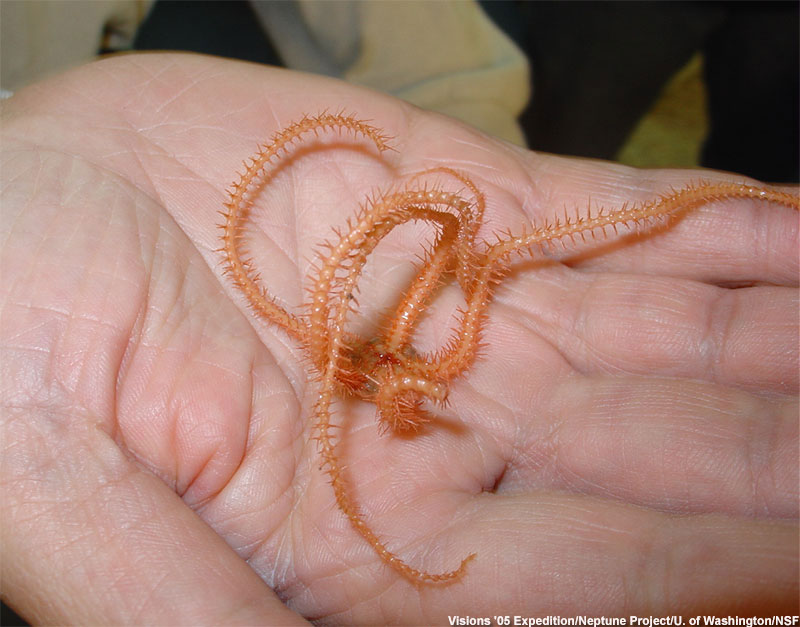
This delicate brittle star came all the way up from 2150 meters depth attached to an instrument retrieved by the elevator.
Crab reaching to touch Jason`s Arm

Curious crabs commonly crawl onto equipment. This one, located on the side of the sulfide chimney called Roane, has extended nearly its entire body out away from the wall of the chimney to reach one of the arms of the robotic vehicle Jason.
